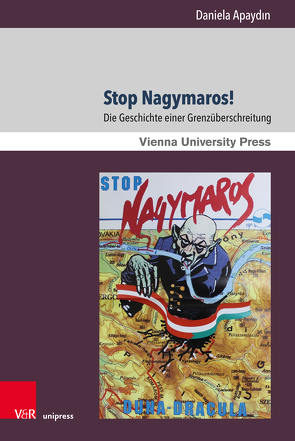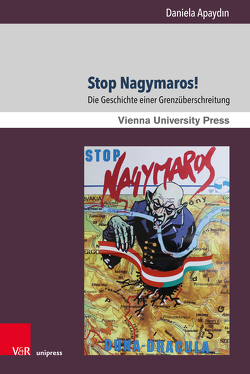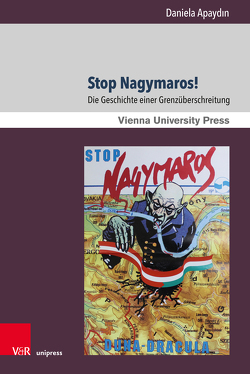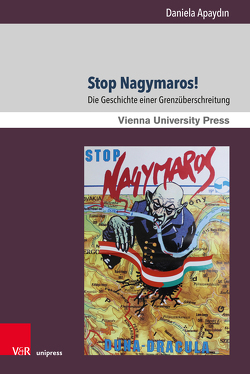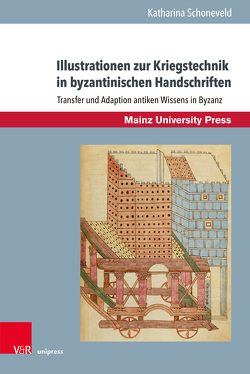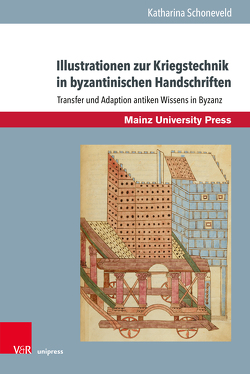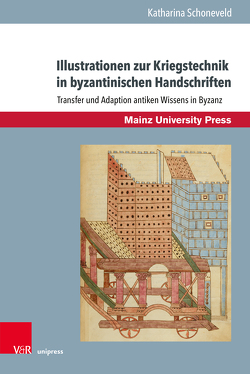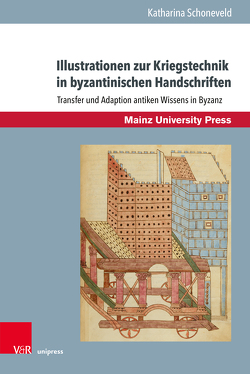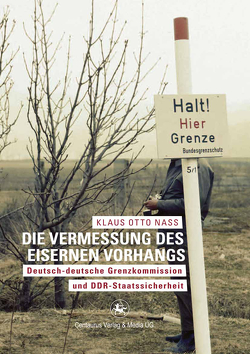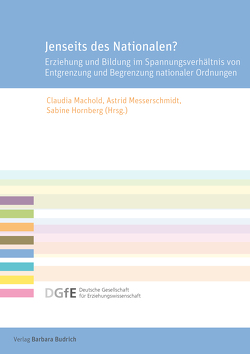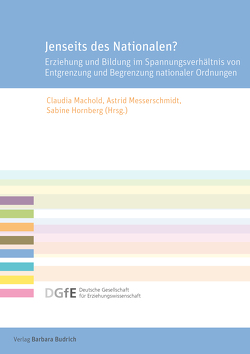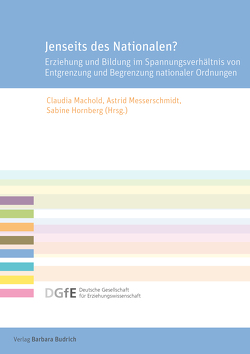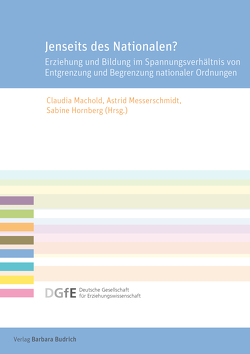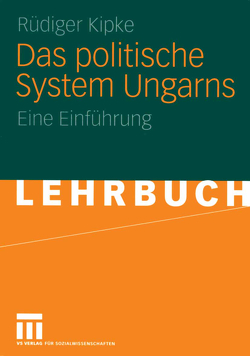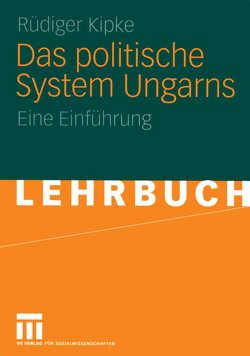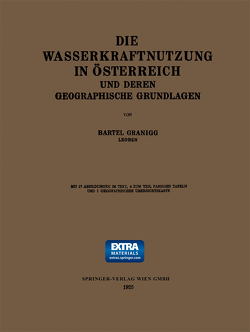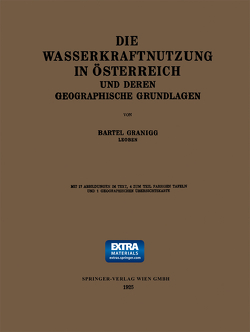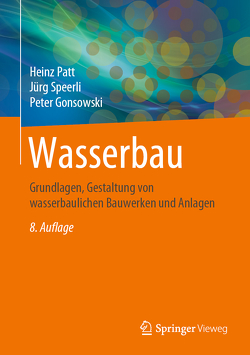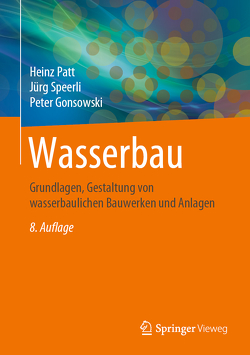Stop Nagymaros!
Die Geschichte einer Grenzüberschreitung
Daniela Apaydin
Zehntausende Menschen protestierten am 12. September 1988 vor dem ungarischen Parlament gegen das Wasserkraftprojekt Gabčíkovo-Nagymaros. Was mit vereinzelten kritischen Stimmen in der Untergrundpresse begann, entwickelte sich innerhalb weniger Jahre zu einer schlagkräftigen Bewegung gegen den kommunistischen Megabau. Es war kein Zufall, dass sich unter den DemonstrantInnen zahlreiche ÖsterreicherInnen befanden. Die Donaubewegung bildete einen Kristallisationspunkt für Protest, der weit über die Grenzen Ungarns hinausreichte. Dies war die Leistung von einer Handvoll AktivistInnen, die es wagten, jenseits des Eisernen Vorhang nach Verbündeten zu suchen. Denn spätestens als bekannt wurde, dass sich Österreich am Kraftwerksbau beteiligen würde, geriet der lokale Protest zu einer mitteleuropäischen Angelegenheit.
On 12 September 1988, tens of thousands of people protested against the Gabčíkovo-Nagymaros hydropower project in front of the Hungarian parliament in Budapest. What began with a few critical voices in the underground press, quickly developed into a powerful movement against the communist mega-construction. It was no coincidence that there were many Austrians among the protesters. The Danube Movement has become a focal point for protest that reached far beyond the borders of Hungary. This was the achievement of a handful of activists who dared to look for allies across the Iron Curtain. Once they learned that Austria would participate in the construction of the power plant, the local protest became a Central European affair.
